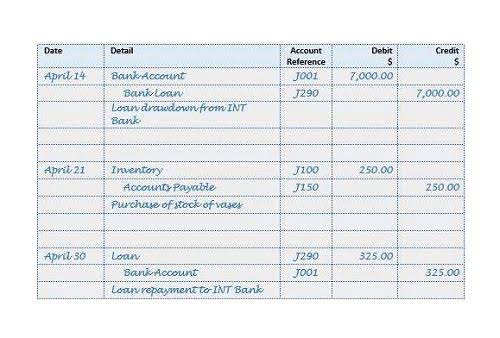
The principle of LIFO is highly dependent on how the price of goods fluctuates based on the economy. If a company holds inventory for a long time, it may prove quite advantageous in hedging profits for taxes. LIFO allows for higher after-tax earnings due to the higher cost of goods. At the same time, these companies risk that the cost of goods will go down in the event of an economic downturn and cause the opposite effect for all previously purchased inventory. There are other methods used to value stock such as specific identification and average or weighted cost.

This increases a company’s cost of goods sold and lowers its net income, both of which reduce the company’s tax liability. One reason firms must get approval to change to LIFO is to prevent companies from changing inventory accounting methods in the middle of a time period for more favorable how to calculate fifo tax treatment. Because FIFO represents the cost of recent purchases, it usually more accurately reflects inventory replacement costs than other inventory accounting methods. Also, the weighted average cost method takes into consideration fluctuations in the cost of inventory.
How to Choose FIFO and FIFO Method?
But the IRS does allow businesses to use LIFO accounting, requiring an application, on Form 970. Because inventory is the major current asset on the balance sheet of firms that sell products, inventory accounting is a very important part of a business firm’s financial management. The manner in which a firm accounts for its inventory can impact its cost of goods sold, cash flow, and profit. The Generally Accepted Accounting Principles (GAAP) include the standards applicable to inventory accounting.
You also need to understand the regulatory and tax issues related to inventory valuation.FIFO is the more straightforward method to use, and most businesses stick with the FIFO method. A company’s recordkeeping must track the total cost of inventory items, and the units bought and sold. Assume that the sporting goods store sells the 250 baseball gloves in goods available for sale. All costs are posted to the cost of goods sold account, and ending inventory has a zero balance. It no longer matters when a particular item is posted to the cost of goods sold account since all of the items are sold.
FIFO inventory valuation
The store’s ending inventory balance is 30 of the $54 units plus 100 of the $50 units, for a total of $6,620. The sum of $6,480 cost of goods sold and $6,620 ending inventory is $13,100, the total inventory cost. When all inventory items are sold, the total cost of goods sold is the same, regardless of the valuation method you choose in a particular accounting period.
The assumption is that the firm sells the last unit of inventory purchased first. Finally, weighted average cost provides a clearer position of the costs of goods sold, as it takes into account all of the inventory units available for sale. This gives businesses a better representation of the costs of goods sold. FIFO is an ideal valuation method for businesses that must impress investors – until the higher tax liability is considered.
What Are the Other Inventory Valuation Methods?
Whichever road that you choose, make sure that your financial professional marks everything down appropriately. This has consequences whether you are tapping an annuity for retirement income or selling off stock shares, or other shares for that matter, in a brokerage account. So, if you didn’t tell your financial advisor which shares to sell, your advisor will sell the oldest shares that you have. Certainly, the IRS will assume that you sold the oldest shares (hence the “first money” in and “first money out” references).
If the retailer sells 120 gloves in April, ending inventory is (250 goods available for sale – 120 cost of goods sold), or 130 gloves. If the price at which you purchase inventory remains constant, it doesn’t matter whether a company adopts LIFO or FIFO. But if unit costs are changing over https://www.bookstime.com/ time, the impact can be significant. But the cost of the widgets is based on the inventory method selected. Let’s talk about the FIFO method in terms of stock shares inside of a brokerage account. Keep in mind that capital gains taxes will generally apply to selloffs of this asset kind.
